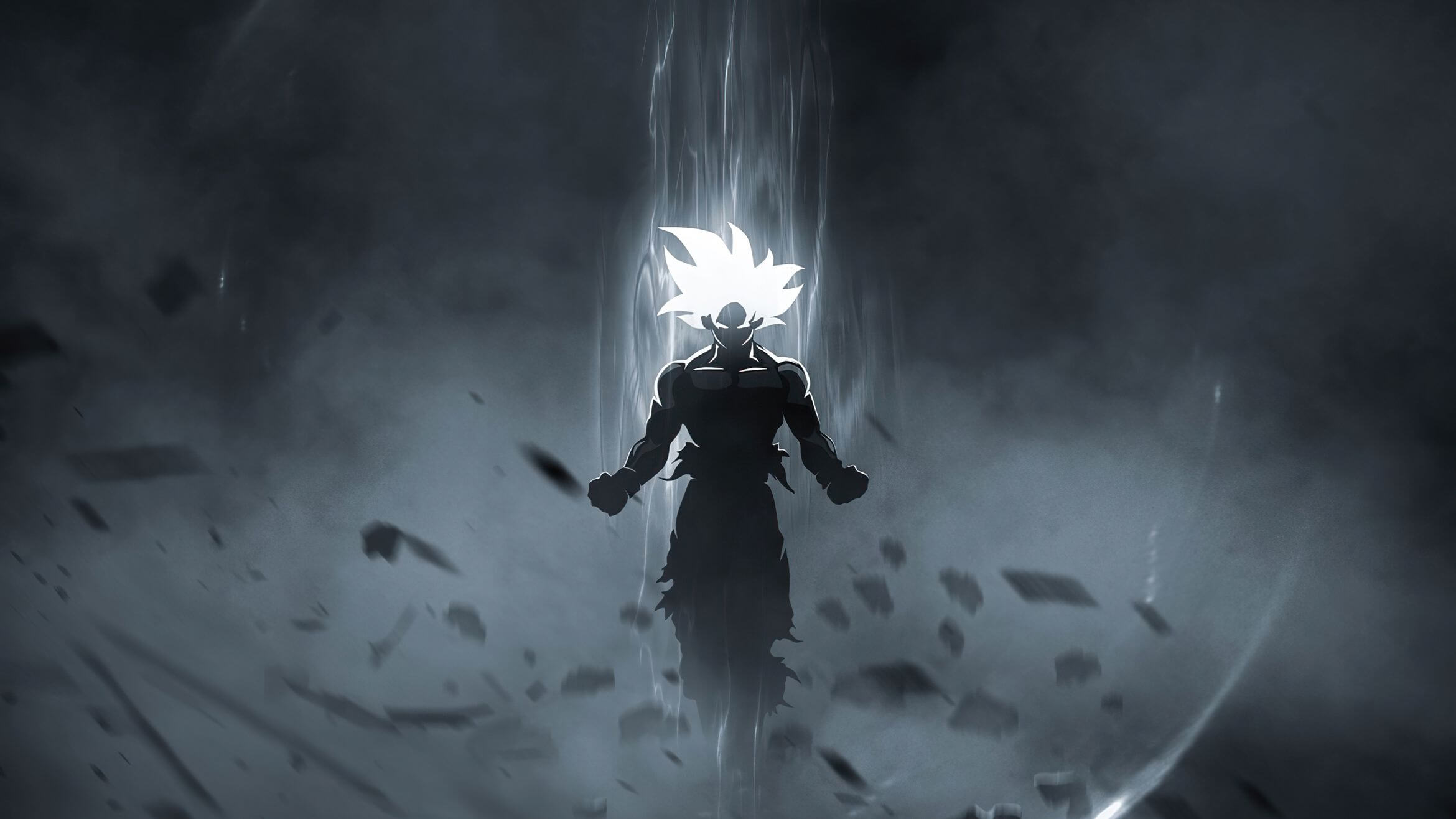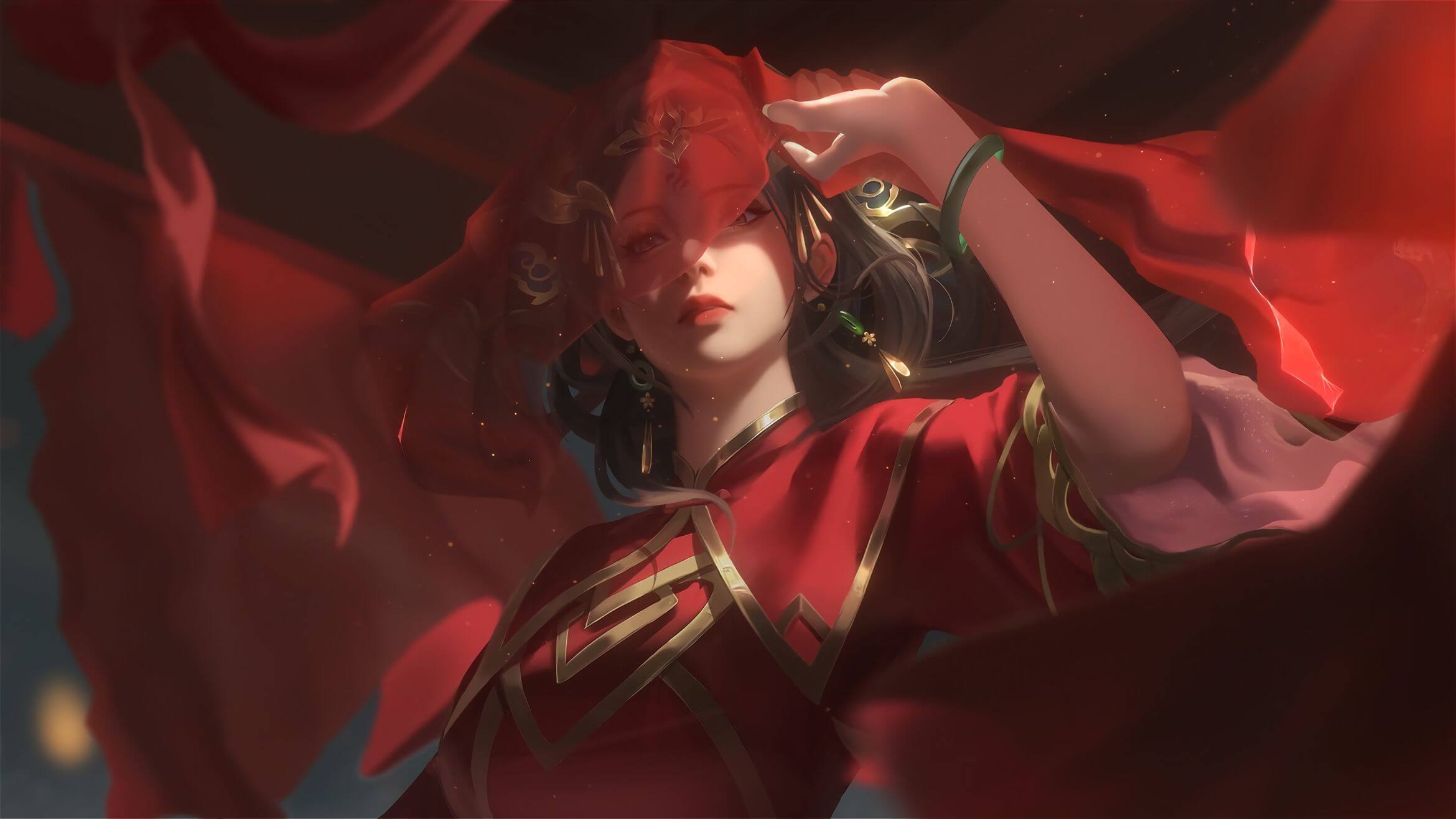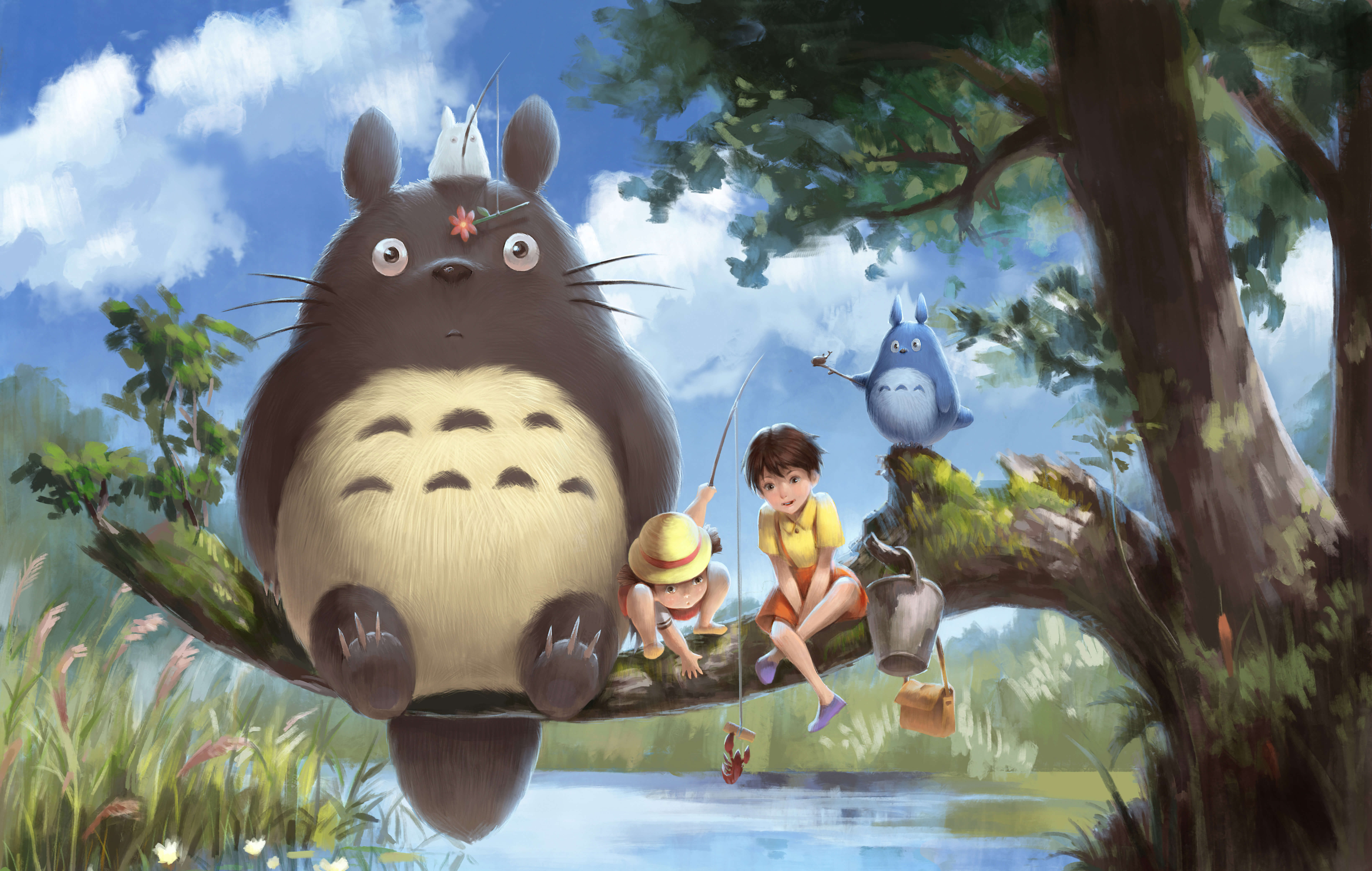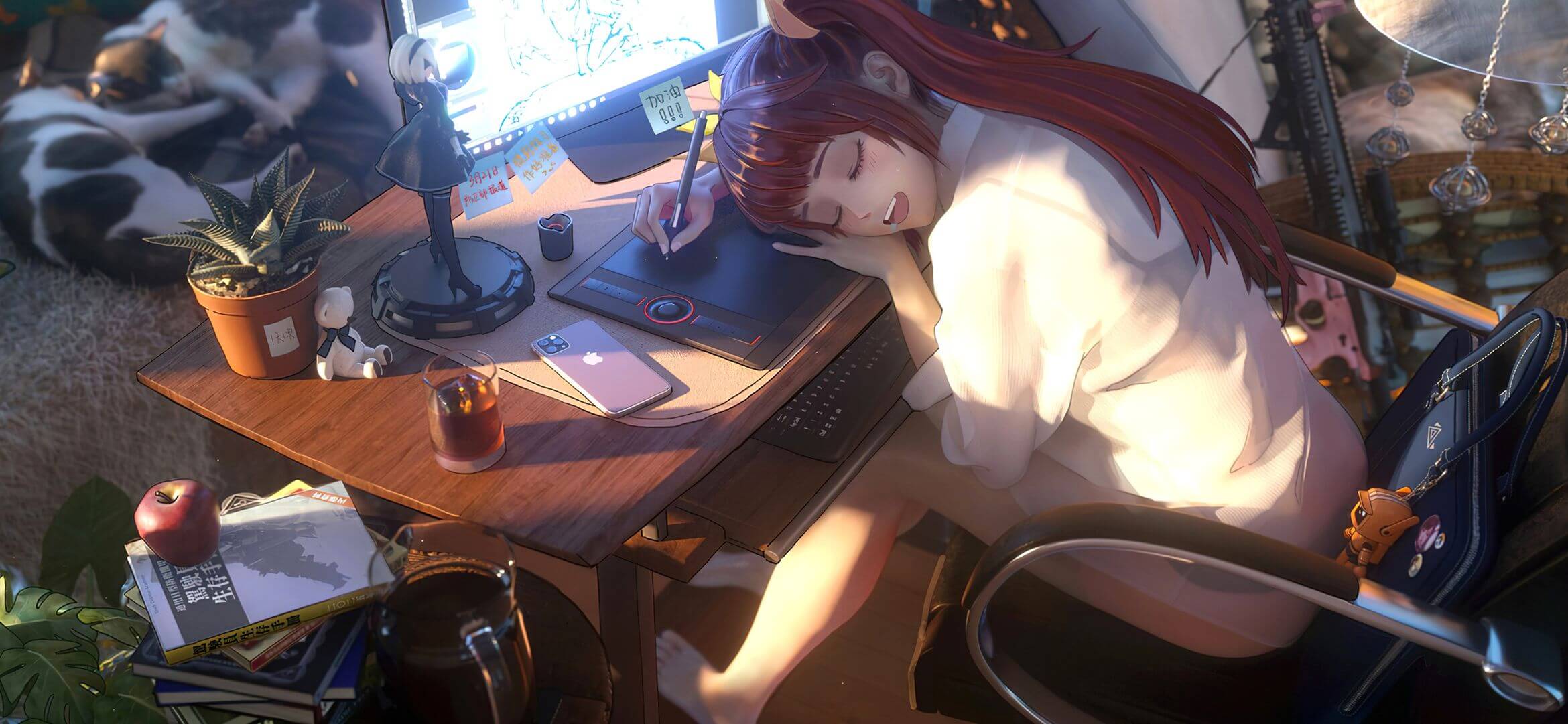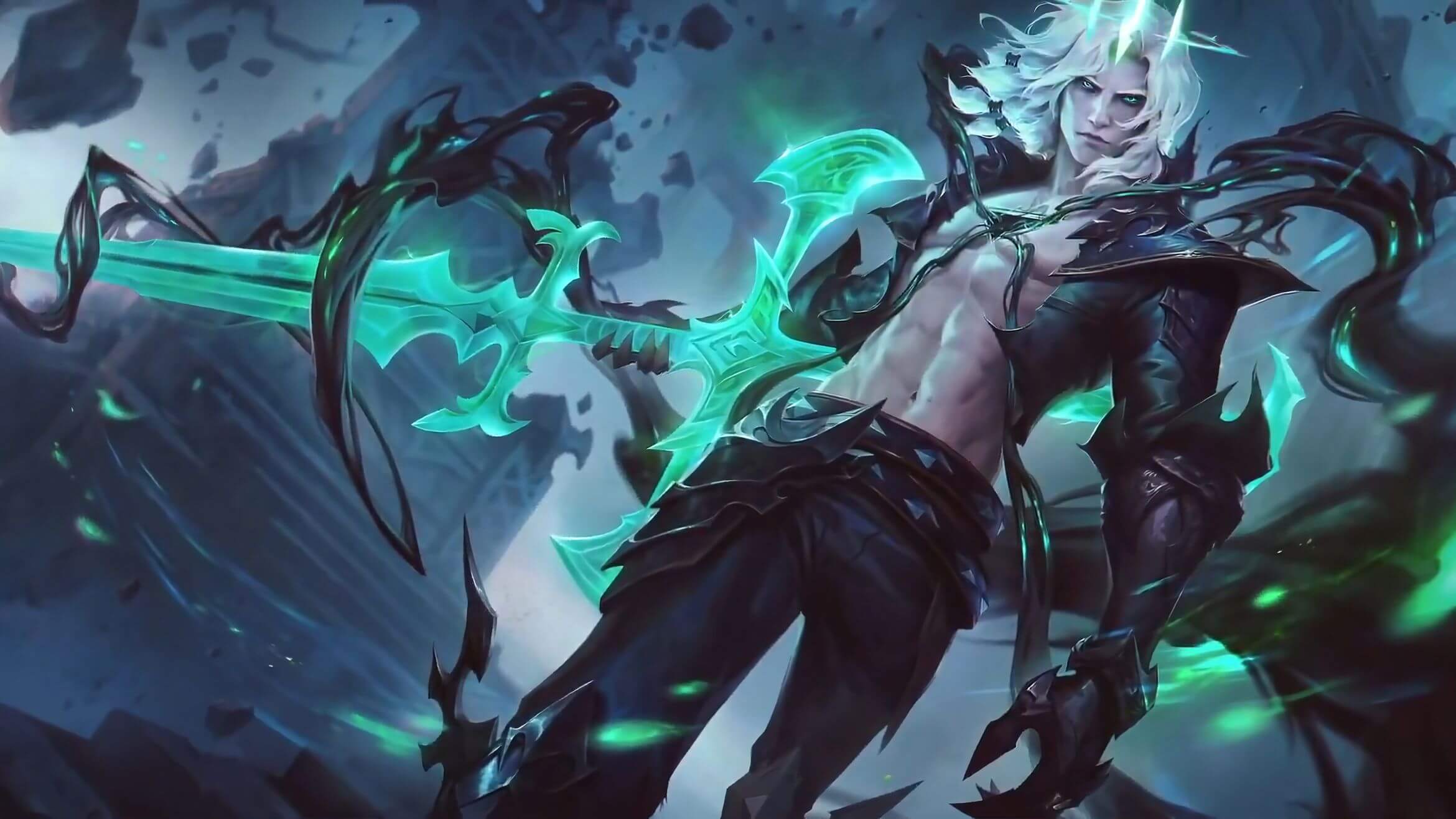一. 简单的例子说明
1.首先我们先自定义一个布局 MyLinearLayout
1 | public class MyLinearLayout extends LinearLayout { |
2.修改布局文件,并加入两个按钮。
1 |
|
3. 找到布局,给布局设置 onTouch 事件。找到两个按钮,给两个按钮设置 onClick 事件。
1 | public class MainActivity extends AppCompatActivity { |
4.依次点击按钮1,按钮2和空白处,得到如下的运行结果。
1 | 2020-03-23 19:54:40.834 23197-23197/swu.xl.viewgroup_touch D/MainActivity: btn1 click |
你会发现,当点击按钮的时候,MyLinearLayout注册的onTouch方法并不会执行,只有点击空白区域的时候才会执行该方法。你可以先理解成Button的onClick方法将事件消费掉了,因此事件不会再继续向下传递。
那就说明Android中的touch事件是先传递到View,再传递到ViewGroup的?现在下结论还未免过早了,让我们再来做一个实验。
二. 验证 onInterceptTouchEvent 方法的拦截作用
1. ViewGroup 和 View 相比,除了事件分发函数 dispatchTouchEvent 和 事件消费函数 onTouchEvent 外,还有一个事件拦截函数 onInterceptTouchEvent 。下面是他的源码:
1 | public boolean onInterceptTouchEvent(MotionEvent ev) { |
2.上面的源码我们可以理解为一般情况下 都是 返回 false的。那么我们在我们的MylinearLayout中重写 onInterceptTouchEvent 方法,让其返回 true。
1 | public class MyLinearLayout extends LinearLayout { |
3.运行之后我们会发现,不管你点击哪里,永远都只会触发MyLinearLayout的touch事件了。
4.之前说过只要你触摸了任何控件,就一定会调用该控件的dispatchTouchEvent方法。这个说法没错,只不过还不完整而已。实际情况是,当你点击了某个控件,首先会去调用该控件所在布局的dispatchTouchEvent方法,然后在布局的dispatchTouchEvent方法中找到被点击的相应控件,再去调用该控件的dispatchTouchEvent方法。
5.如果我们点击了MyLinearLayout中的按钮,会先去调用MyLinearLayout的dispatchTouchEvent方法,可是你会发现MyLinearLayout中并没有这个方法。那就再到它的父类LinearLayout中找一找,发现也没有这个方法。那只好继续再找LinearLayout的父类ViewGroup,你终于在ViewGroup中看到了这个方法,按钮的dispatchTouchEvent方法就是在这里调用的。

三. ViewGroup 的 dispatchTouchEvent源码
1. 源码分析
2020年3月23日,ViewGroup的源码如下,看得人有点烦恼,其实和Android 5.0之前的原理相同。
1
2
3
4
5
6
7
8
9
10
11
12
13
14
15
16
17
18
19
20
21
22
23
24
25
26
27
28
29
30
31
32
33
34
35
36
37
38
39
40
41
42
43
44
45
46
47
48
49
50
51
52
53
54
55
56
57
58
59
60
61
62
63
64
65
66
67
68
69
70
71
72
73
74
75
76
77
78
79
80
81
82
83
84
85
86
87
88
89
90
91
92
93
94
95
96
97
98
99
100
101
102
103
104
105
106
107
108
109
110
111
112
113
114
115
116
117
118
119
120
121
122
123
124
125
126
127
128
129
130
131
132
133
134
135
136
137
138
139
140
141
142
143
144
145
146
147
148
149
150
151
152
153
154
155
156
157
158
159
160
161
162
163
164
165
166
167
168
169
170
171
172
173
174
175
176
177
178
179
180
181
182
183
184
185
186
187
188
189
190
191
192
193
194
195
196
197
198
199
200
201
202
203
204
205
206
207
208
209
210
211
212
213
214
215public boolean dispatchTouchEvent(MotionEvent ev) {
if (mInputEventConsistencyVerifier != null) {
mInputEventConsistencyVerifier.onTouchEvent(ev, 1);
}
// If the event targets the accessibility focused view and this is it, start
// normal event dispatch. Maybe a descendant is what will handle the click.
if (ev.isTargetAccessibilityFocus() && isAccessibilityFocusedViewOrHost()) {
ev.setTargetAccessibilityFocus(false);
}
boolean handled = false;
if (onFilterTouchEventForSecurity(ev)) {
final int action = ev.getAction();
final int actionMasked = action & MotionEvent.ACTION_MASK;
// Handle an initial down.
if (actionMasked == MotionEvent.ACTION_DOWN) {
// Throw away all previous state when starting a new touch gesture.
// The framework may have dropped the up or cancel event for the previous gesture
// due to an app switch, ANR, or some other state change.
//当调用方法的时候,如果是ACTION_DOWN时,要清除原有的触摸的事件。
cancelAndClearTouchTargets(ev);
resetTouchState();
}
// Check for interception.
final boolean intercepted;
if (actionMasked == MotionEvent.ACTION_DOWN
|| mFirstTouchTarget != null) {
final boolean disallowIntercept = (mGroupFlags & FLAG_DISALLOW_INTERCEPT) != 0;
if (!disallowIntercept) {
intercepted = onInterceptTouchEvent(ev);
ev.setAction(action); // restore action in case it was changed
} else {
intercepted = false;
}
} else {
// There are no touch targets and this action is not an initial down
// so this view group continues to intercept touches.
intercepted = true;
}
// If intercepted, start normal event dispatch. Also if there is already
// a view that is handling the gesture, do normal event dispatch.
if (intercepted || mFirstTouchTarget != null) {
ev.setTargetAccessibilityFocus(false);
}
// Check for cancelation.
final boolean canceled = resetCancelNextUpFlag(this)
|| actionMasked == MotionEvent.ACTION_CANCEL;
// Update list of touch targets for pointer down, if needed.
final boolean split = (mGroupFlags & FLAG_SPLIT_MOTION_EVENTS) != 0;
TouchTarget newTouchTarget = null;
boolean alreadyDispatchedToNewTouchTarget = false;
if (!canceled && !intercepted) {
// If the event is targeting accessibility focus we give it to the
// view that has accessibility focus and if it does not handle it
// we clear the flag and dispatch the event to all children as usual.
// We are looking up the accessibility focused host to avoid keeping
// state since these events are very rare.
View childWithAccessibilityFocus = ev.isTargetAccessibilityFocus()
? findChildWithAccessibilityFocus() : null;
if (actionMasked == MotionEvent.ACTION_DOWN
|| (split && actionMasked == MotionEvent.ACTION_POINTER_DOWN)
|| actionMasked == MotionEvent.ACTION_HOVER_MOVE) {
final int actionIndex = ev.getActionIndex(); // always 0 for down
final int idBitsToAssign = split ? 1 << ev.getPointerId(actionIndex)
: TouchTarget.ALL_POINTER_IDS;
// Clean up earlier touch targets for this pointer id in case they
// have become out of sync.
removePointersFromTouchTargets(idBitsToAssign);
final int childrenCount = mChildrenCount;
if (newTouchTarget == null && childrenCount != 0) {
final float x = ev.getX(actionIndex);
final float y = ev.getY(actionIndex);
// Find a child that can receive the event.
// Scan children from front to back.
final ArrayList<View> preorderedList = buildTouchDispatchChildList();
final boolean customOrder = preorderedList == null
&& isChildrenDrawingOrderEnabled();
final View[] children = mChildren;
for (int i = childrenCount - 1; i >= 0; i--) {
final int childIndex = getAndVerifyPreorderedIndex(
childrenCount, i, customOrder);
final View child = getAndVerifyPreorderedView(
preorderedList, children, childIndex);
// If there is a view that has accessibility focus we want it
// to get the event first and if not handled we will perform a
// normal dispatch. We may do a double iteration but this is
// safer given the timeframe.
if (childWithAccessibilityFocus != null) {
if (childWithAccessibilityFocus != child) {
continue;
}
childWithAccessibilityFocus = null;
i = childrenCount - 1;
}
if (!child.canReceivePointerEvents()
|| !isTransformedTouchPointInView(x, y, child, null)) {
ev.setTargetAccessibilityFocus(false);
continue;
}
newTouchTarget = getTouchTarget(child);
if (newTouchTarget != null) {
// Child is already receiving touch within its bounds.
// Give it the new pointer in addition to the ones it is handling.
newTouchTarget.pointerIdBits |= idBitsToAssign;
break;
}
resetCancelNextUpFlag(child);
if (dispatchTransformedTouchEvent(ev, false, child, idBitsToAssign)) {
// Child wants to receive touch within its bounds.
mLastTouchDownTime = ev.getDownTime();
if (preorderedList != null) {
// childIndex points into presorted list, find original index
for (int j = 0; j < childrenCount; j++) {
if (children[childIndex] == mChildren[j]) {
mLastTouchDownIndex = j;
break;
}
}
} else {
mLastTouchDownIndex = childIndex;
}
mLastTouchDownX = ev.getX();
mLastTouchDownY = ev.getY();
newTouchTarget = addTouchTarget(child, idBitsToAssign);
alreadyDispatchedToNewTouchTarget = true;
break;
}
// The accessibility focus didn't handle the event, so clear
// the flag and do a normal dispatch to all children.
ev.setTargetAccessibilityFocus(false);
}
if (preorderedList != null) preorderedList.clear();
}
if (newTouchTarget == null && mFirstTouchTarget != null) {
// Did not find a child to receive the event.
// Assign the pointer to the least recently added target.
newTouchTarget = mFirstTouchTarget;
while (newTouchTarget.next != null) {
newTouchTarget = newTouchTarget.next;
}
newTouchTarget.pointerIdBits |= idBitsToAssign;
}
}
}
// Dispatch to touch targets.
if (mFirstTouchTarget == null) {
// No touch targets so treat this as an ordinary view.
handled = dispatchTransformedTouchEvent(ev, canceled, null,
TouchTarget.ALL_POINTER_IDS);
} else {
// Dispatch to touch targets, excluding the new touch target if we already
// dispatched to it. Cancel touch targets if necessary.
TouchTarget predecessor = null;
TouchTarget target = mFirstTouchTarget;
while (target != null) {
final TouchTarget next = target.next;
if (alreadyDispatchedToNewTouchTarget && target == newTouchTarget) {
handled = true;
} else {
final boolean cancelChild = resetCancelNextUpFlag(target.child)
|| intercepted;
if (dispatchTransformedTouchEvent(ev, cancelChild,
target.child, target.pointerIdBits)) {
handled = true;
}
if (cancelChild) {
if (predecessor == null) {
mFirstTouchTarget = next;
} else {
predecessor.next = next;
}
target.recycle();
target = next;
continue;
}
}
predecessor = target;
target = next;
}
}
// Update list of touch targets for pointer up or cancel, if needed.
if (canceled
|| actionMasked == MotionEvent.ACTION_UP
|| actionMasked == MotionEvent.ACTION_HOVER_MOVE) {
resetTouchState();
} else if (split && actionMasked == MotionEvent.ACTION_POINTER_UP) {
final int actionIndex = ev.getActionIndex();
final int idBitsToRemove = 1 << ev.getPointerId(actionIndex);
removePointersFromTouchTargets(idBitsToRemove);
}
}
if (!handled && mInputEventConsistencyVerifier != null) {
mInputEventConsistencyVerifier.onUnhandledEvent(ev, 1);
}
return handled;
}Android 5.0后,ViewGroup.dispatchTouchEvent()的源码发生了变化(更加复杂),但原理相同。
1
2
3
4
5
6
7
8
9
10
11
12
13
14
15
16
17
18
19
20
21
22
23
24
25
26
27
28
29
30
31
32
33
34
35
36
37
38
39
40
41
42
43
44
45
46
47
48
49
50
51
52
53
54
55
56
57
58
59
60
61
62
63
64
65
66
67
68
69
70
71
72
73
74
75public boolean dispatchTouchEvent(MotionEvent ev) {
final int action = ev.getAction();
final float xf = ev.getX();
final float yf = ev.getY();
final float scrolledXFloat = xf + mScrollX;
final float scrolledYFloat = yf + mScrollY;
final Rect frame = mTempRect;
boolean disallowIntercept = (mGroupFlags & FLAG_DISALLOW_INTERCEPT) != 0;
if (action == MotionEvent.ACTION_DOWN) {
if (mMotionTarget != null) {
mMotionTarget = null;
}
if (disallowIntercept || !onInterceptTouchEvent(ev)) {
ev.setAction(MotionEvent.ACTION_DOWN);
final int scrolledXInt = (int) scrolledXFloat;
final int scrolledYInt = (int) scrolledYFloat;
final View[] children = mChildren;
final int count = mChildrenCount;
for (int i = count - 1; i >= 0; i--) {
final View child = children[i];
if ((child.mViewFlags & VISIBILITY_MASK) == VISIBLE
|| child.getAnimation() != null) {
child.getHitRect(frame);
if (frame.contains(scrolledXInt, scrolledYInt)) {
final float xc = scrolledXFloat - child.mLeft;
final float yc = scrolledYFloat - child.mTop;
ev.setLocation(xc, yc);
child.mPrivateFlags &= ~CANCEL_NEXT_UP_EVENT;
if (child.dispatchTouchEvent(ev)) {
mMotionTarget = child;
return true;
}
}
}
}
}
}
boolean isUpOrCancel = (action == MotionEvent.ACTION_UP) ||
(action == MotionEvent.ACTION_CANCEL);
if (isUpOrCancel) {
mGroupFlags &= ~FLAG_DISALLOW_INTERCEPT;
}
final View target = mMotionTarget;
if (target == null) {
ev.setLocation(xf, yf);
if ((mPrivateFlags & CANCEL_NEXT_UP_EVENT) != 0) {
ev.setAction(MotionEvent.ACTION_CANCEL);
mPrivateFlags &= ~CANCEL_NEXT_UP_EVENT;
}
return super.dispatchTouchEvent(ev);
}
if (!disallowIntercept && onInterceptTouchEvent(ev)) {
final float xc = scrolledXFloat - (float) target.mLeft;
final float yc = scrolledYFloat - (float) target.mTop;
mPrivateFlags &= ~CANCEL_NEXT_UP_EVENT;
ev.setAction(MotionEvent.ACTION_CANCEL);
ev.setLocation(xc, yc);
if (!target.dispatchTouchEvent(ev)) {
}
mMotionTarget = null;
return true;
}
if (isUpOrCancel) {
mMotionTarget = null;
}
final float xc = scrolledXFloat - (float) target.mLeft;
final float yc = scrolledYFloat - (float) target.mTop;
ev.setLocation(xc, yc);
if ((target.mPrivateFlags & CANCEL_NEXT_UP_EVENT) != 0) {
ev.setAction(MotionEvent.ACTION_CANCEL);
target.mPrivateFlags &= ~CANCEL_NEXT_UP_EVENT;
mMotionTarget = null;
}
return target.dispatchTouchEvent(ev);
}
2. onInterceptTouchEvent 如何在源码中发挥作用
首先在第13行可以看到一个条件判断,如果disallowIntercept和!onInterceptTouchEvent(ev)两者有一个为true,就会进入到这个条件判断中。
disallowIntercept是指是否禁用掉事件拦截的功能,默认是false,也可以通过调用requestDisallowInterceptTouchEvent方法对这个值进行修改。
那么当第一个值为false的时候就会完全依赖第二个值来决定是否可以进入到条件判断的内部,第二个值是什么呢?竟然就是对onInterceptTouchEvent方法的返回值取反!
也就是说如果我们在onInterceptTouchEvent方法中返回false,就会让第二个值为true,从而进入到条件判断的内部,如果我们在onInterceptTouchEvent方法中返回true,就会让第二个值为false,从而跳出了这个条件判断。
这个时候你就可以思考一下了,由于我们刚刚在MyLayout中重写了onInterceptTouchEvent方法,让这个方法返回true,导致所有按钮的点击事件都被屏蔽了,那我们就完全有理由相信,按钮点击事件的处理就是在第13行条件判断的内部进行的!
3. 事件传递给子View
在第19行通过一个for循环,遍历了当前ViewGroup下的所有子View,然后在第24行判断当前遍历的View是不是正在点击的View,如果是的话就会进入到该条件判断的内部,然后在第29行调用了该View的dispatchTouchEvent,之后就和View的事件分发类似。
然后需要注意一下,调用子View的dispatchTouchEvent后是有返回值的。我们已经知道,如果一个控件是可点击的,那么点击该控件时,dispatchTouchEvent的返回值必定是true。因此会导致第29行的条件判断成立,于是在第31行给ViewGroup的dispatchTouchEvent方法直接返回了true。这样就导致后面的代码无法执行到了,也是印证了我们前面的例子打印的结果,如果按钮的点击事件得到执行,就会把MyLinearLayout的touch事件拦截掉。
那如果我们点击的不是按钮,而是空白区域呢?这种情况就一定不会在第31行返回true了,而是会继续执行后面的代码。那我们继续往后看,在第44行,如果target等于null,就会进入到该条件判断内部,这里一般情况下target都会是null,因此会在第50行调用super.dispatchTouchEvent(ev)。这句代码会调用到哪里呢?当然是View中的dispatchTouchEvent方法了,因为ViewGroup的父类就是View。之后的处理逻辑又和前面所说的是一样的了,也因此MyLinearLayout中注册的onTouch方法会得到执行。之后的代码在一般情况下是走不到的了,我们也就不再继续往下分析。
四. 总结
Android事件分发是先传递到ViewGroup,再由ViewGroup传递到View的。
在ViewGroup中可以通过onInterceptTouchEvent方法对事件传递进行拦截,onInterceptTouchEvent方法返回true代表不允许事件继续向子View传递,返回false代表不对事件进行拦截,默认返回false。
子View中如果将传递的事件消费掉,ViewGroup中将无法接收到任何事件。
